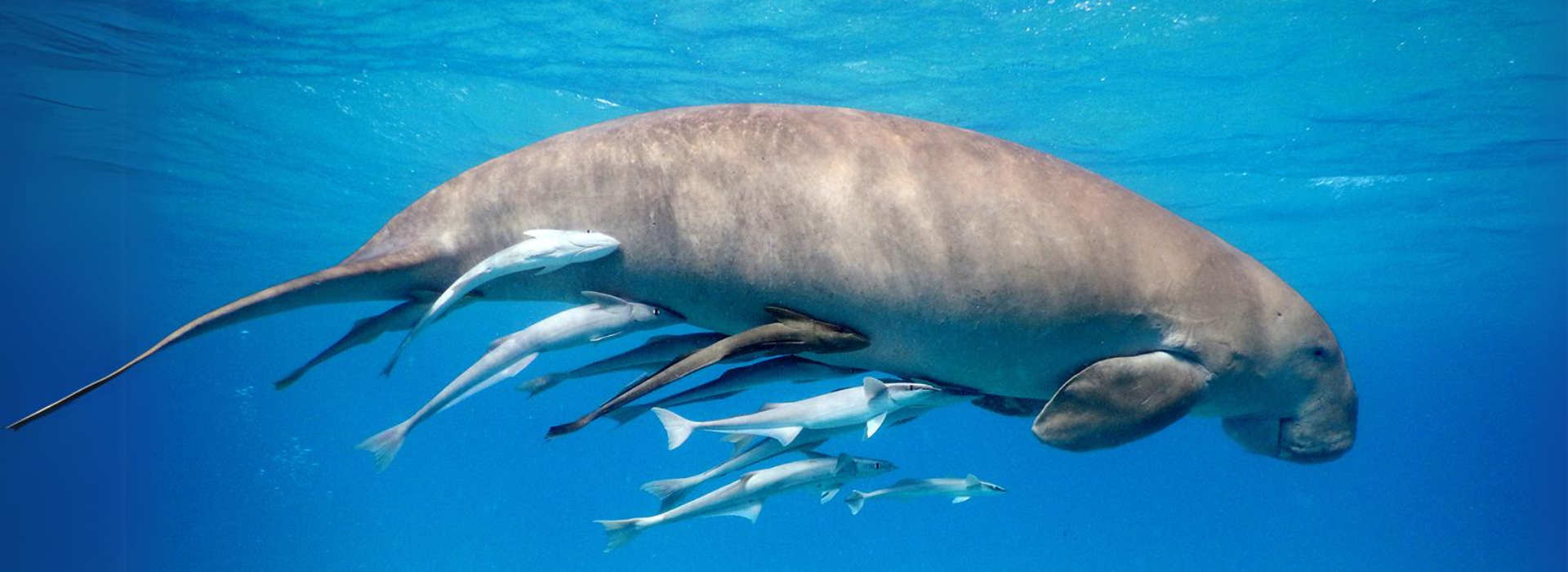
Marine Life
GLADSTONE TO CORAL BAY
The Gascoyne coastline encompasses the Shark Bay Heritage area to the south and the Ningaloo World Heritage area to the north. It contains Australia’s largest and most accessible fringing coral reef system, the Ningaloo Reef (Nyinggullu). Many creatures are found along the coast and in the Ningaloo and Shark Bay Marine Parks, including whale sharks (the world’s largest fish), turtles, dugongs, dolphins, manta rays and humpback whales. The marine parks have been divided into zones to protect the biodiversity of the natural environment, while allowing for recreational and commercial use.
The fringing coral reef is what makes the Coral Bay area so special. Living coral is delicate, with only a thin veneer of living tissue covering the hard coral skeleton. Once damaged, coral often takes many years to grow back.
MANTA RAYS
SWIM WITH ME ALL YEAR ROUND
You can swim with manta rays all year round at Coral Bay. Like whale sharks, manta rays are filter feeders and have a large toothless mouth which they use like a sieve to scoop up plankton and krill. Their wingspans measure several metres, enabling them to swim at rapid speeds, occasionally leaping out of the water and landing with a slap. Unlike stingrays, manta rays do not have a sharp barb, making them very safe to swim, snorkel or dive with.
Watch these majestic creatures glide elegantly and effortlessly through the water by joining a tour to swim with Manta Rays at Coral Bay. You may be lucky enough to see a group of males displaying their acrobatic skills, as they compete with each other for a female’s attention.
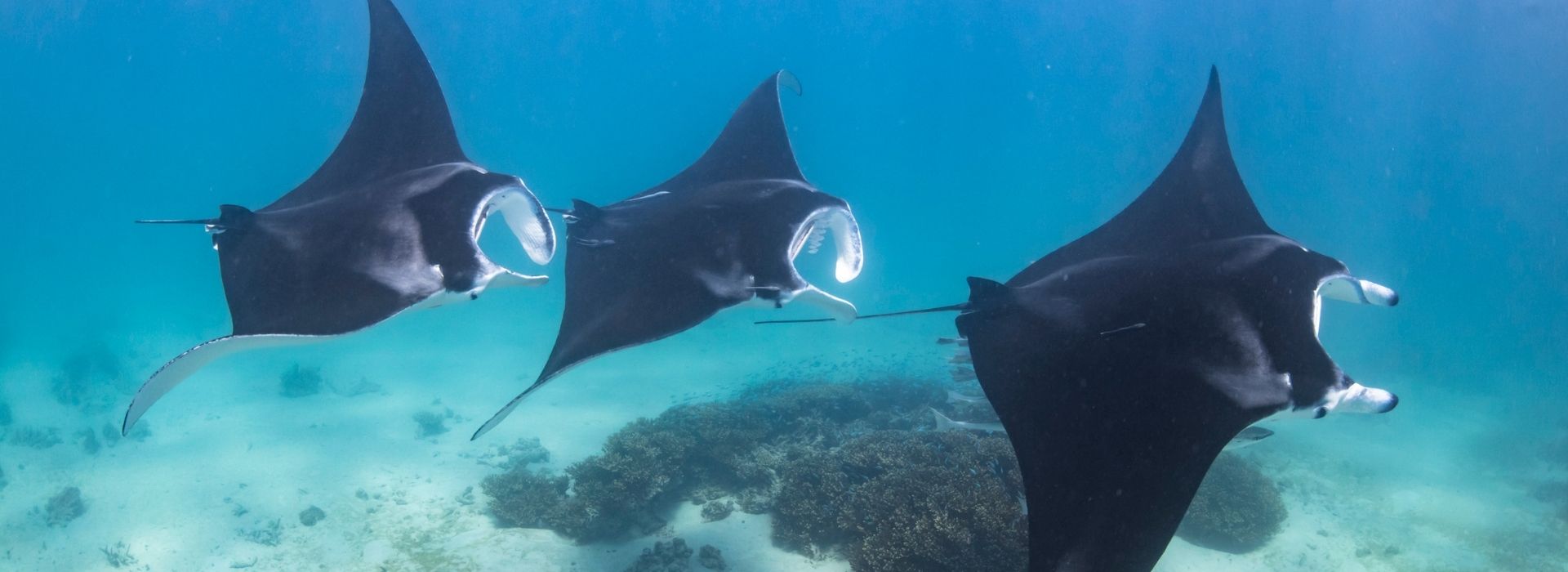
"I signed up for a 7-hour Best of Ningaloo tour with Ningaloo Marine Interactions expecting to go swimming with manta rays in Coral Bay and experience some super awesome snorkeling on Ningaloo Reef. But the reality of the day was so much more than I could have imagined." REVIEW ON www.thesweetwanderlust.com
WHALE SHARKS
SWIM WITH ME FROM MARCH TO JUNE
Every year, between mid-March and mid-July, these gentle giants of the ocean congregate in the Ningaloo Marine Park following the mass spawning of coral.
In Australia, the Ningaloo Reef currently holds the world’s highest interaction rate of whale shark numbers and accessibility - boasting a 97% interaction rate in 2016, 94% rate in 2017 and 97% in 2018.
This means tourists are almost guaranteed to successfully swim with a whale shark. Ningaloo is one of the only places on the planet where these huge but completely harmless fish can be reliably located in large numbers.
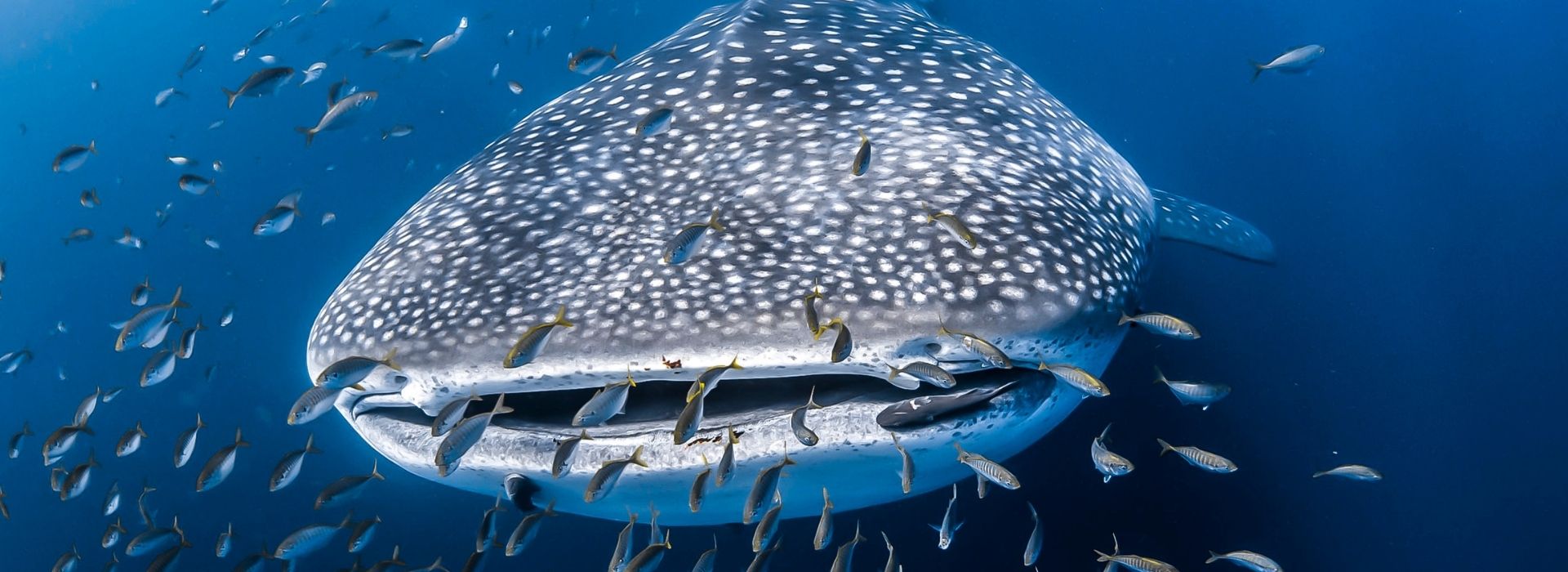
HUMPBACK WHALES
SWIM WITH ME FROM JULY TO NOVEMBER
Humpback Whales appear along the north west coast between the months of July to November. You can see these giants of the ocean on their journey between summer breeding grounds in the North West Shelf and winter feeding grounds in the Antarctic. Humpback whales are massive - they can grow up to 19 metres in length and way up to 40 tonnes.
Coral Bay is one of two locations in Western Australia where you experience an in-water interaction with migrating Humpback Whales. Tours run from 1 July to 30 October in Coral Bay, the heart of the Ningaloo Reef.
There are many locations along the Gascoyne coastline where you can enjoy the whales frollicking in the waters close to the shoreline. The whales on their way south will invariably be accompanied by a calf. Keep your eyes peeled from Pelican Point, Quobba Blowholes and all the way up the coast to Coral Bay to see these majestic animals of the deep.
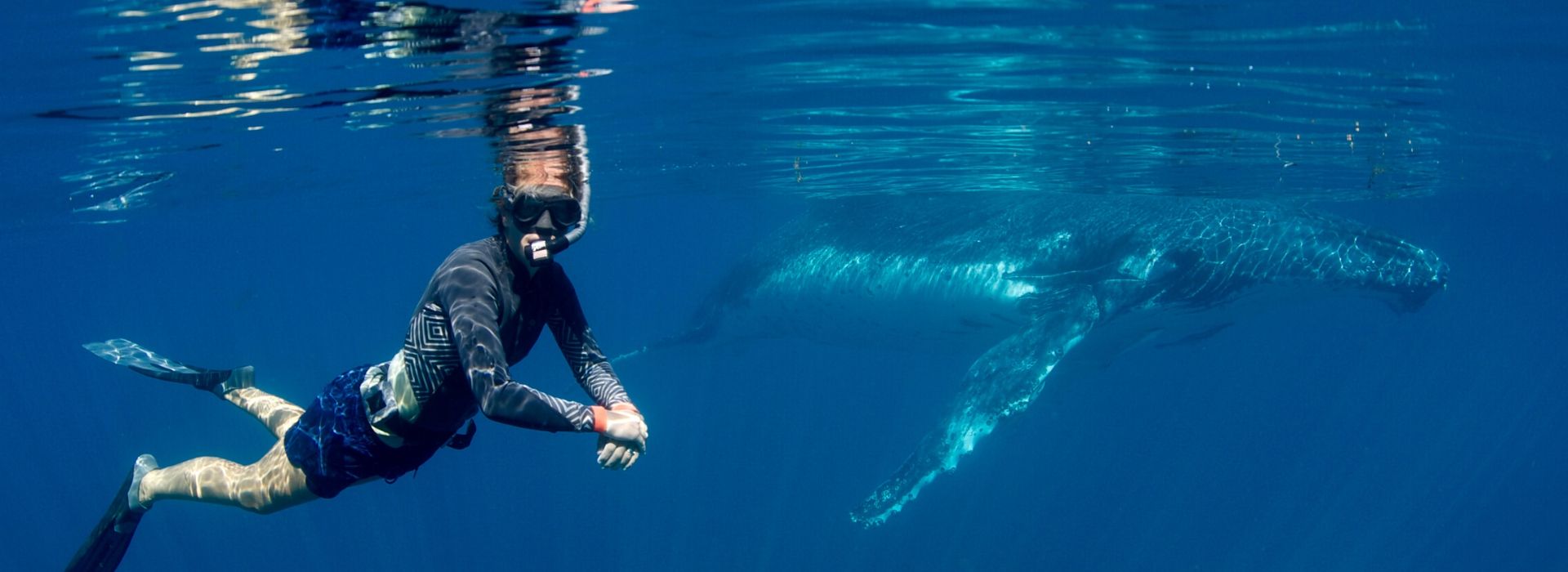
TURTLES
TREAD CAREFULLY FROM NOVEMBER TO APRIL
Sea turtles can be encountered in Coral Bay all year round and hatchlings may be sighted during turtle nesting season. You can snorkel with them through the beautiful coral gardens of the Ningaloo Marine Park and along the coastline of the Gascoyne.
Four of the world’s seven marine turtle species, nest on mainland beaches and islands of Gascoyne and the Ningaloo Reef during the summer months from November to April. You may notice that beaches will be closed to vehicles during turtle nesting season. the Department of Biosecurity, Conservation and Attraction, Parks and Wildlife has a Code of Conduct for interacting with nesting turtles. You can view or download it here.
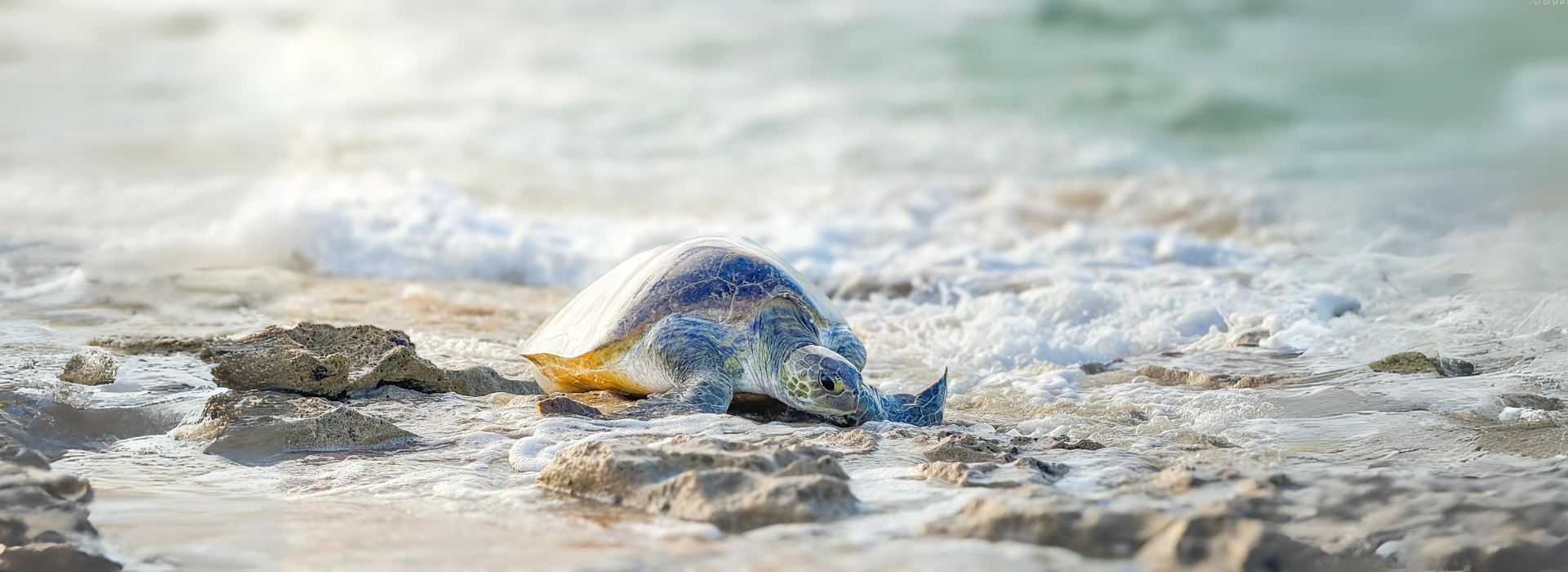
Dugongs
YOU CAN SEEK ME OUT ALL YEAR ROUND
Dugongs are close cousins to the manatee, however unlike the Manatee the Dugong has a fluked tail. Dugongs feed on up to 30 kg of sea grasses a day. You will see them in the bays of Shark Bay all the way up into the Ningaloo Marine Park. They are shy and elusive creatures who stay submerged for up to 11 minutes and can dive to a depth of 33 metres.
Dugongs are listed as vulnerable, so please take care when boating around the area.
